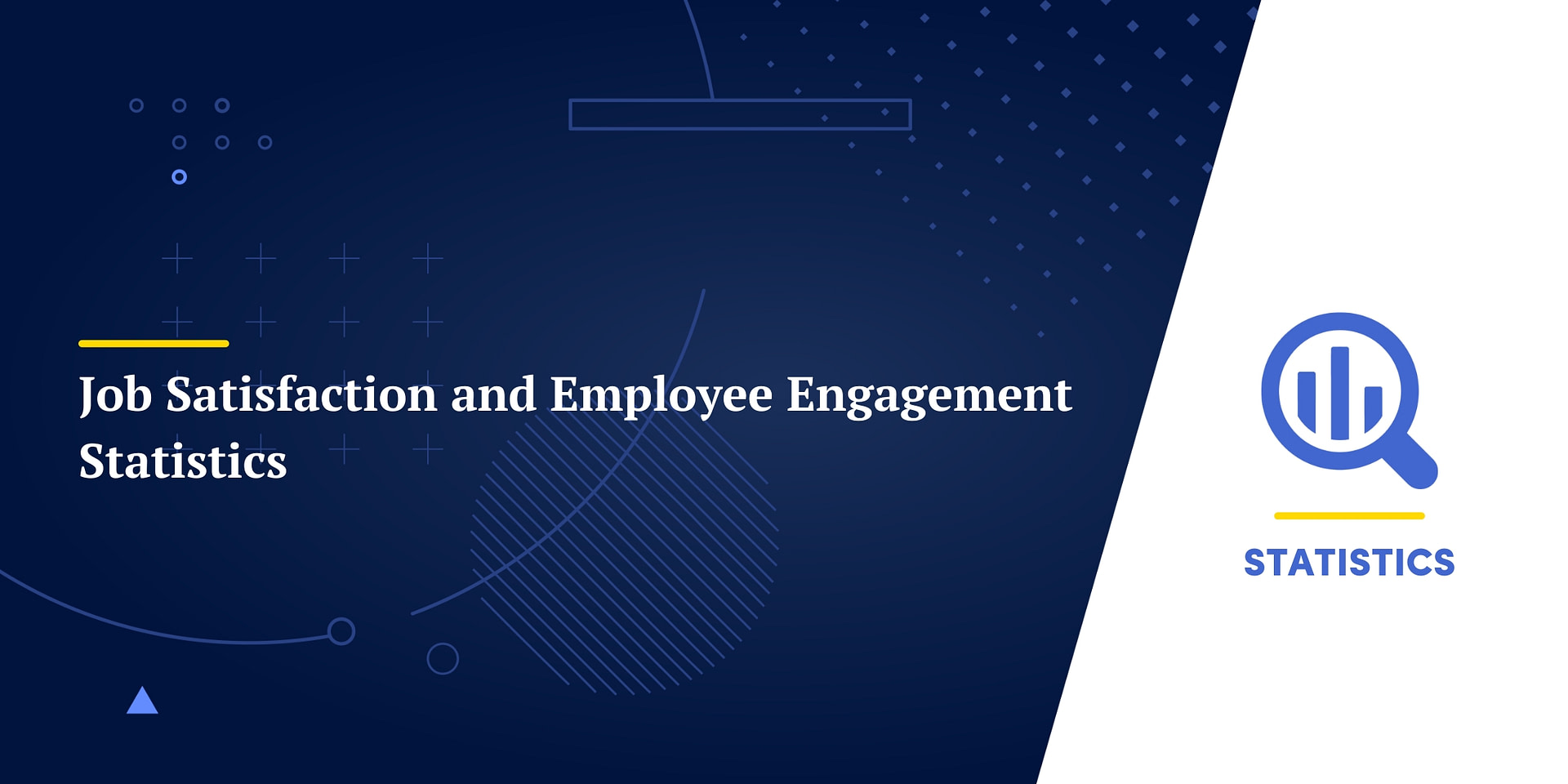Employee satisfaction has been within the highlight recently. From the “Nice Resignation” of 2021 to the “Quiet Quitting” pattern of 2022, we’ve seen what employee dissatisfaction can do, and in a good labor market, that issues to employers.
However what do American employees actually consider their jobs?
We’ve collected these latest statistics to present a greater overview of job satisfaction and worker engagement within the US and globally, the way it has modified, and the way it differs by era, area, {qualifications}, and extra.
Key Findings
- 49% of American workers say they’re fully happy with their jobs.
- Solely 21% of workers globally are engaged of their work.
- Almost 7 in 10 (66%) of American employees say they’re fully happy with their job safety.
- 41% of American employees are very happy with their medical insurance advantages.
- 36% of workers within the US report being fully happy with their salaries.
Job Satisfaction Statistics
Job Satisfaction within the US
Primarily based on latest Gallup survey findings, 49% of workers on a full-time or part-time foundation within the US declare to be fully happy with their job.
Almost 9 in 10 (88%) of American workers say they’re no less than considerably happy with their present job.
The share of American workers fully happy with their job has decreased from an all-time peak of 56% in 2020 to 49% in 2022.
Solely 4% of workers within the US claimed to be fully dissatisfied with their office in 2022[1].
Word: Desk excludes “No opinion” responses.
Job Satisfaction By Traits
When requested to charge job satisfaction by particular traits, American workers reported the best satisfaction with bodily security requirements, with 75% reporting “full satisfaction”, and the bottom with on-the-job stress: solely 36% had been fully happy with the quantity of stress at their office[1].
Word: Desk excludes “No opinion” responses.
Job Satisfaction Amongst Digital Employees Worldwide
Digital employees are professionals who use digital expertise at their work day by day. Digital abilities are categorized as:
- Primary (electronic mail, phrase processing)
- Intermediate (information evaluation, drag-and-drop purposes)
- Superior (software growth, synthetic intelligence)
Primarily based on the AWS International Digital Expertise examine, superior digital employees reported increased job satisfaction (72% of respondents ranked their job satisfaction as an 8 or increased on a 10-point scale) than their friends with a decrease stage of digital abilities (48% for intermediate, 43% for fundamental)[2].
Worker Engagement Statistics
International Worker Engagement by Yr
Worker engagement refers to “the involvement and enthusiasm of workers of their work and office”.
In 2021, 21% of workers worldwide reported that they’re engaged at work, a 1 p.c level improve over the previous 12 months.
The share of engaged workers globally has been rising steadily since 2009, from 12% as much as an all-time peak of 22% in 2019[3].
Worker Engagement by Area
In keeping with Gallup analysis, 33% of workers in the US and Canada are engaged at work, 12 proportion factors increased than the worldwide common, the best determine amongst areas[4].
Workers in Europe are reported to have the bottom share of engaged workers, at 14%.
Worker Engagement within the US
In 2022, 32% of US full-time and part-time workers stated they had been engaged at work, whereas 18% of American workers stated they’re actively disengaged within the office.
By way of the survey interval from 2020 to 2022, the share of engaged workers ranged between 26% and 36% of workers, that means the overwhelming majority of workers within the US don’t think about themselves to be engaged at their office[5].
Worker Engagement within the US by Technology
Child Boomers (born between 1946 and 1964) are the era group with the best share of engaged workers among the many American working inhabitants at 33%, 1 or 2 level p.c increased than employe in different era teams.
Over half (54%) of Technology Z and Youthful Millennials (born in 1989 or after) declare to be not engaged at their office, with an identical share amongst different generations[6].
Employee satisfaction is an actual concern for employers. Recruitment and coaching are costly, and in a good labor market, it’s not all the time doable for workers to exchange employees that go away or scale down their efforts. Understanding the fundamental patterns of employee satisfaction and dissatisfaction may also help employers plan for the long run and retain the folks they should succeed.
The content material on finmasters.com is for academic and informational functions solely and shouldn’t be construed as skilled monetary recommendation. Finmasters just isn’t a monetary establishment and doesn’t present any monetary services or products. We attempt to supply up-to-date info however make no warranties concerning the accuracy of our info.




